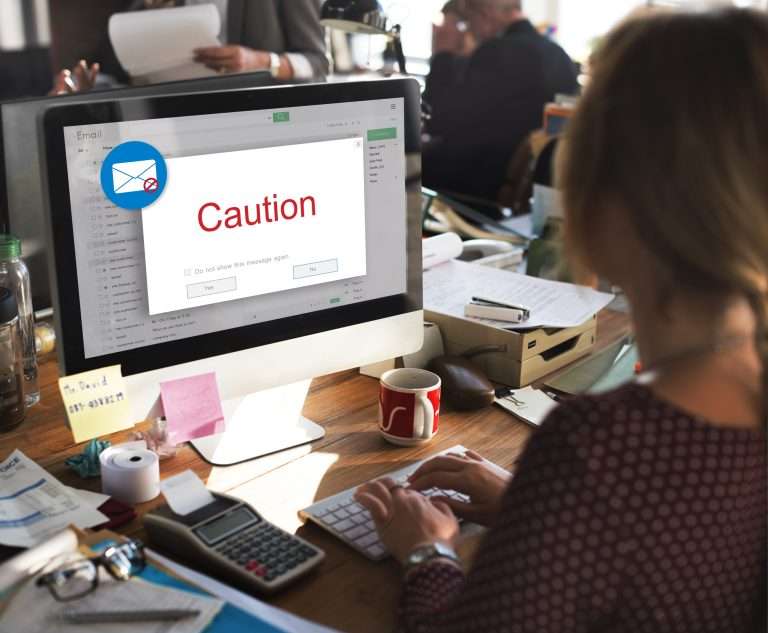 Content has always remained “KING” on the web. Always. However, how that content is created and distributed is ever-changing. You may have read one of our previous articles about content creation and marketing like…
Content has always remained “KING” on the web. Always. However, how that content is created and distributed is ever-changing. You may have read one of our previous articles about content creation and marketing like…
- An Outline to Creating Content For your Website
- Copywriting for SEO —> NO <— it’s NOT easy!
- DIY – Blogging With Purpose: A Collection of Blog Resources
The message remains the same. Make content that your visitors will enjoy and share. You want content that makes people stay! You want pages and posts that will be shared, and that will get you more hits on Google or other search engines. There are many rules and variables that make your site more valuable.
Search engines take a combination of how many people visit your site (traffic), how many people link to it (sharing), and what is on the page (content). Some things in content are rewarded, while others are punished, and your rank can change every single minute. Big companies will pay top dollar to be in the #1 rank for their searches. So what can you do to get there? Start with valuable content.
Be Interesting!
Your fans and people who like visiting your website don’t want to see the plain text, boring synopsis of what’s going on with your business. Your content needs to be new, interesting, and insightful. Be excited about what you do! Tone doesn’t come across well in text, but it’s very important that you try to get a reader’s mind working. People come to your site to learn about your business and what you do, don’t let them down! You can do this with:
- Pictures
- Formatting
- Graphics
- Videos
- And more!
Moz writer Ed Fry has a lot to say on the subject of being interesting with definitive content that educates people so that they can take part of discussions and make decisions.
Be Clear!
Even if you’re working in an industry that is incredibly technical, you want to make your posts and content for people to relate with. You want to use your industry keywords, you want to show them you know what you’re doing. However, you need to make sure that your audience can follow along.
A good example of this: A lawyer writes a page about their defense services about wire fraud. They make it interesting with graphics, and an example of how someone was charged with wire fraud for emailing their boss details about an account. They can even write about the different subsections the law is written under.
In all content pages, explain, in simple terms, the six major questions: Who, what, when, where, why, and how.
- Who needs your services?
- What are those services for? What can you do to help? What do they need to know?
- When will someone need them?
- Where can they get help?
- Why do they need them? Why choose you?
- How do those services help them? How can they take the next step?
SEOMoz has a good guide to starting content creation. (With bonus feature on infographics!)
 Research for Content!
Research for Content!
Watch the news. Keep track of industry standards, where it might be mentioned, what people are interested in. While it isn’t ideal, and original content is typically the best, there’s absolutely no shame in following the bandwagon for content if you can’t think of something new to post.
Research what people share, including your competition. Try to see what people like the most and post similar content! (Don’t plagiarise though! If in doubt, link out to content someone else made.) Give your audience other places to research, you want to be helpful and a good source for them to come to first.
Keywords and Diction!
Your keywords are simply the terms people type into Google or other search engines to find your site. If you don’t know what those are for your website, Moz has a great guide on how to pick your keywords.
“Ask yourself… Is the keyword relevant to your website’s content? Will searchers find what they are looking for on your site when they search using these keywords? Will they be happy with what they find? Will this traffic result in financial rewards or other organizational goals? If the answer to all of these questions is a clear “Yes!” then proceed …”
Google also offers a Keyword Planner for your convenience. But keyword “seeding” (integration into your content) isn’t nearly as important as they used to be. Google has grown much ‘smarter’ in how it searches & indexes site content.
The meta title and header title of your post are the best places for your keywords. If you want to advertise “Physical Rehabilitation Specialists”, then it should be in those two places, not in your content a dozen times like in the past! (Keyword Density)
Google will read through your content and see what your page is actually about, and awkwardly repeated keywords will confuse it and get you a lower ranking. Use the terms naturally, and with variation. You want your post to be as easy as possible to read.
If you want to read more about semantic word searching, Search Engine Watch has a short article here about it.
“…the placement of your keywords matters far more than their frequency. Posting “auto repair shop” once in the title tag of your site and once in the header matters far more than stuffing it five times into the body copy. Google breaks your site down into key areas, with meta information and headers taking top priority, body copy taking secondary priority, and side bars and footers taking the last priority.”
Call to Action!
You want your audience to do something!
Whether it’s to call you for business, read more, go to a sister site or business, or share your page/post. Let them know! Are you offering some kind of an estimate or free service? A deal on whatever you’re posting about? Tell your readers somewhere in the body of your content.
Wordstream has a great guide to building your own CTA’s in an effective manner.
“Your call to action is the part of your advertisement that tells your target audience what they should be doing.”
Social Media!
Connect with people. Get your message out there, tell fans and friends that you’ve uploaded something. The best way to do this is to schedule posts when you upload your page or post. Most social media platforms have tools to schedule posts for the future, or you can use something like CoSchedule if you want a system to do it all automatically. How do you know what social media messages to post? Pick out important lines from your post! Schedule messages about a post when it’s posted, a week after, a month after that, another six months later, whenever you want! Talk to your followers and let them know you want to stay up to date with them.
Powerful phrases and interesting facts can make for good social media messages.
What do you normally do when coming up with content? Would you like help with content creation from keyword research to outlines and interviews and landing page design & development? We can help!
- Did you pick an interesting topic?
- Is it written clearly?
- Did you research for links/facts/information?
- Did you add keywords and check for spelling, grammar, and formatting?
- Do your viewers know what to do once they’ve read your post?
- Did you connect and let fans and followers know about your post?
The foundation for your blog posts and webpages is knowing your audience. Know what they like, what they want to see from you, and you’ll be able to provide! Once you get into the swing of making content that your fans enjoy, they’ll share it more often and your business will grow.



